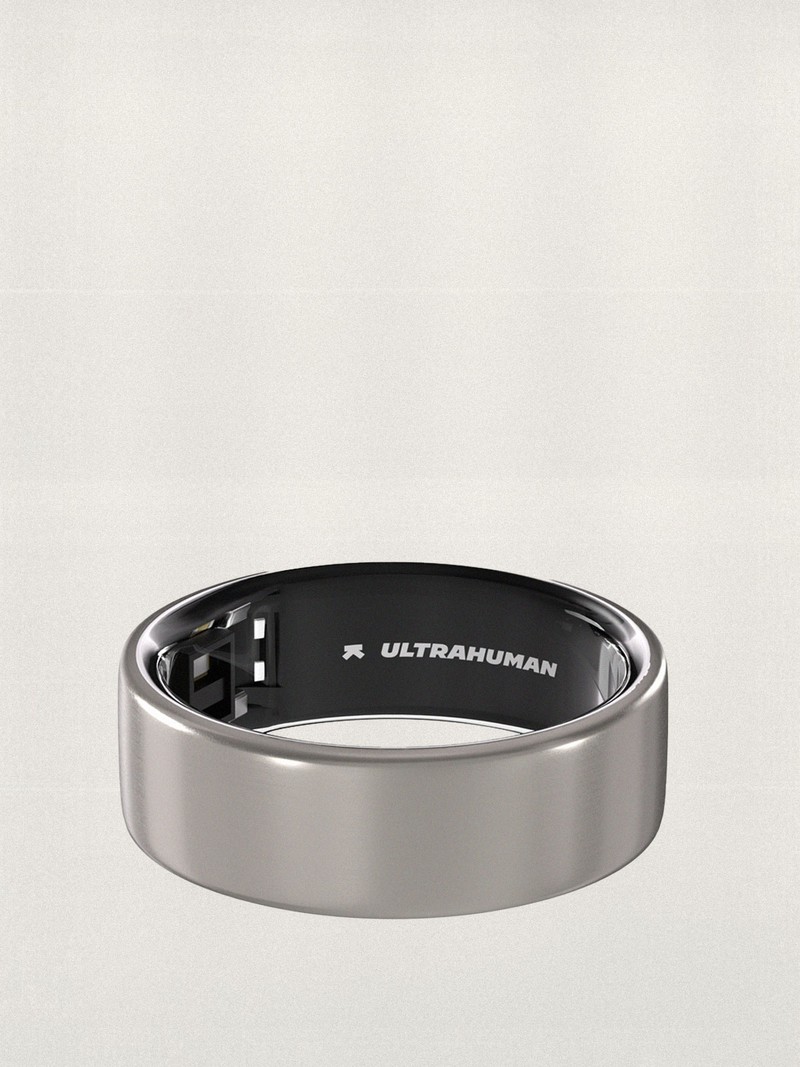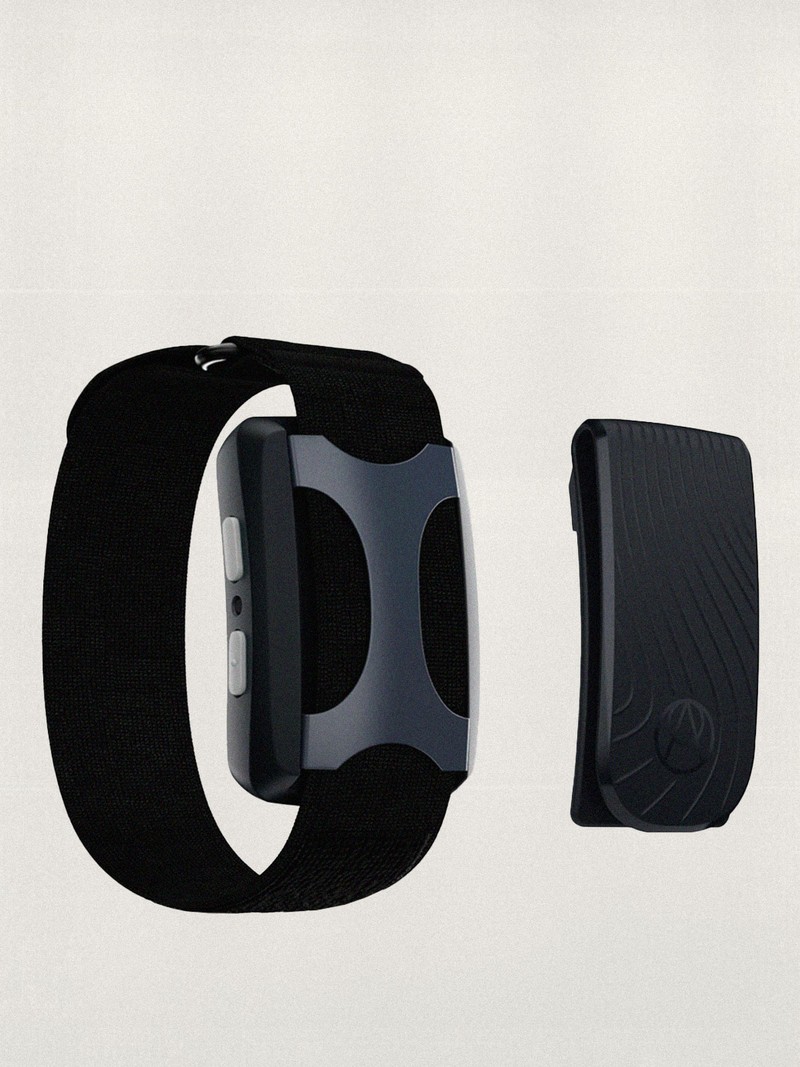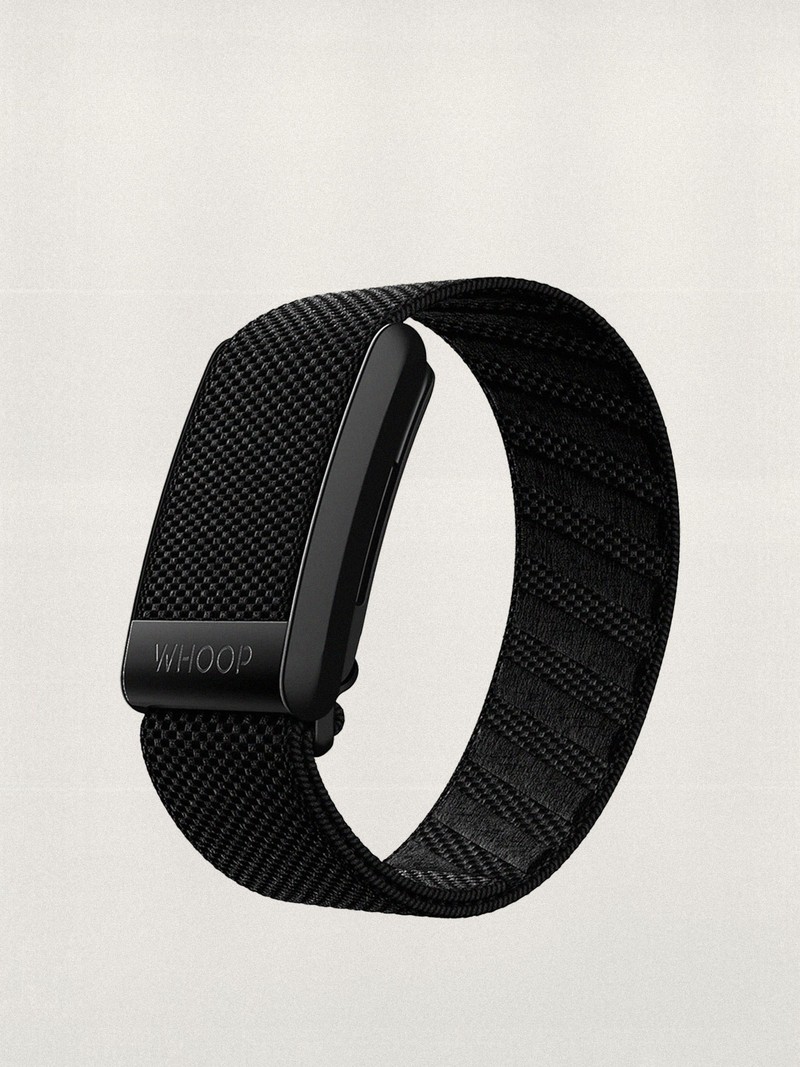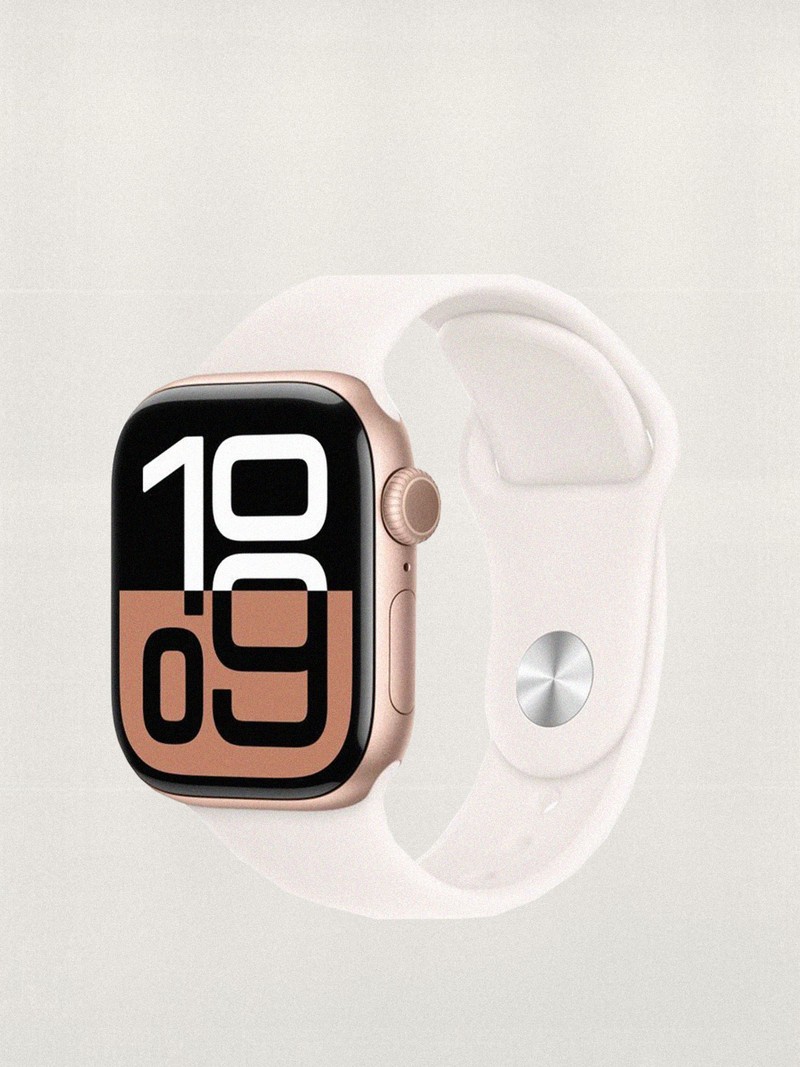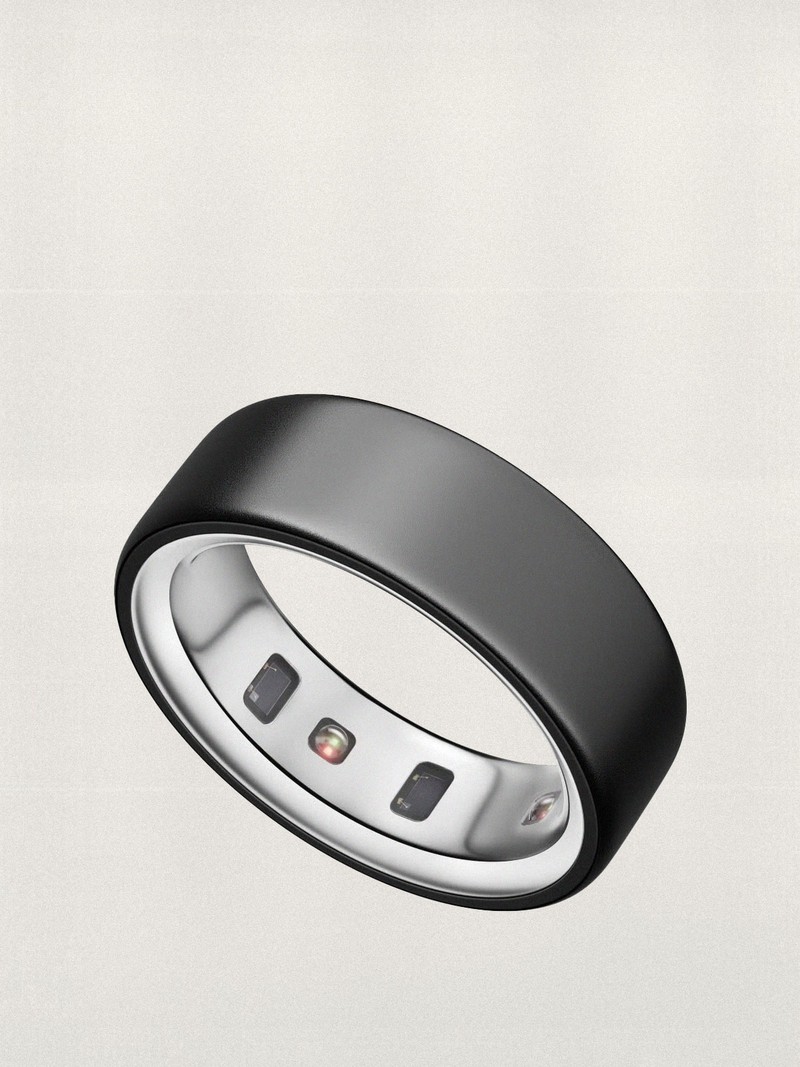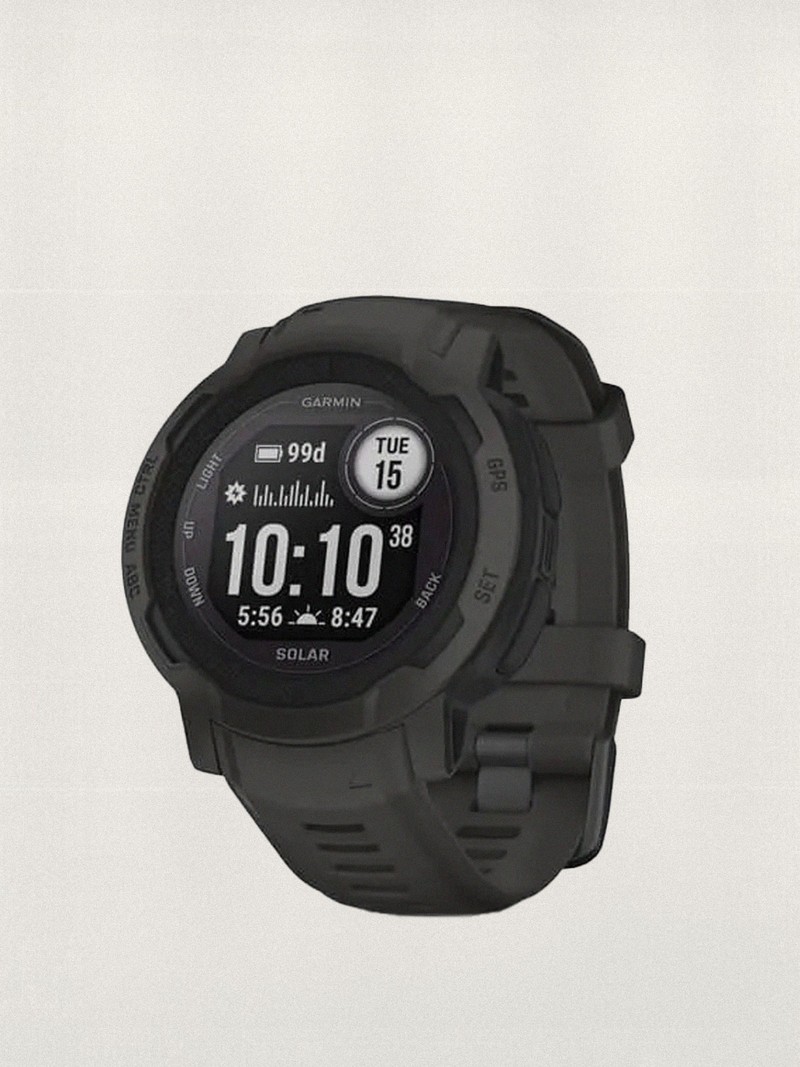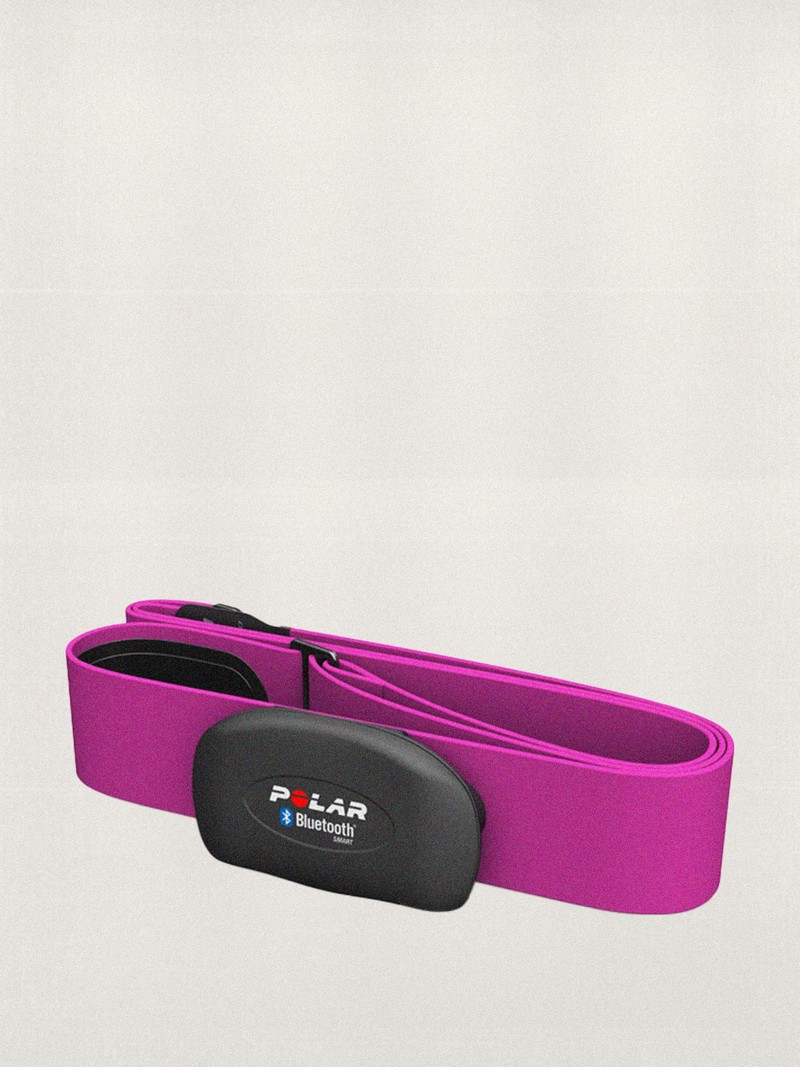The Fitness Trackers The Experts Rate
BEST FOR IMPROVED SLEEP:
Versa 2, £79.95 | Fitbit
“The strongest option for those on a budget, a Fitbit even goes as far as to learn your typical sleeping habits, assigning you one of six animals based on your sleep profile. While that’s the fun part, it also comes with 1,000 sleep features to offer deep analysis.” – Victoria Bryant, PT & owner of Sculpt and Sweat Studio
Available at AMAZON.CO.UK
BEST FOR REAL-TIME UPDATES:
Air Bluetooth Smart Ring, £329 | Ultrahuman
“I really rate this. It’s slightly more science focused than other devices, which suits me with my athletic background. I like the real-time glucose monitoring because you can be quite reactive to it. There is also a bio-hacking element to it, which is great.” – Sarah Lindsay, founder of ROAR personal training gyms
Available at ARGOS.CO.UK
BEST FOR STRESS MANAGEMENT:
Stealth Wearable Watch, £249.99 (was £339.99) | Apollo Neuro
“I love this watch for quality sleep, focus and recovery. I wear it every day and select the touch-therapy features I need to get me through my busy weekdays. My favourites are Calm and Focus for those stressful days, though I also love Recovery post-workout or after travel.” – Dana Al Khobaizi, founder of SOM ACTIVE
Available at UK.HEALF.COM
BEST FOR PEAK PERFORMANCE:
Whoop 4.0, £229 | Whoop
“I like Whoop because it’s more than just a fitness tracker – it’s a comprehensive performance optimisation tool that I rely on to help my clients and me reach peak potential. For my female clients, Whoop has been transformative in tracking subtle yet powerful patterns during the luteal and follicular phases. With Whoop’s detailed insights, I can design tailored nutrition and sleep strategies for each phase, allowing them to align with their bodies for sustained energy, sharper focus and consistent high performance. I particularly value Whoop’s precise tracking of heart rate variability (HRV), sleep stages and recovery metrics, which clearly indicate when the body is ready for high-intensity training and when it needs rest.” – Thibo David, performance coach
Available at UK.HEALF.COM
BEST FOR NUTRITION:
Apple Watch Series 10, From £399 | Apple
“The Apple Watch enables me to track my daily steps, total burn averages, and overall activity output effortlessly. This functionality proves invaluable when setting precise macronutrient targets for myself and clients, as the data provided helps tailor individualised nutrition plans. Additionally, the intuitive fitness app offers visual cues such as arrows that indicate whether one is trending up or down compared to the previous week. This feature serves as a powerful motivator, providing users with real-time feedback on their progress and keeping them on course toward their fitness goals.” – Rachael Sacerdoti, PT & nutritionist
Available at APPLE.COM
BEST FOR RECOVERY:
Ring 4, £399 | Oura
"The Oura Ring helps people better understand the regeneration process. Oura is an education tool – it helps you monitor your recovery and allows you to identify the factors that contribute to this. It acts as a reminder, helping me know what to focus on.” – Dr Andy Walshe, human performance coach
Available at JOHNLEWIS.COM
BEST ALL-ROUNDER:
Instinct 2 Solar Tactical Edition, £319.99 | Garmin
“This watch is very minimal, but has all the features you would want from a tracker or watch. It tracks your sleep, HRV for recovery status and plenty of endurance activities. Key feature – I only charge it once a month, and if used outdoors in the sun the battery is infinite.” – Nauris Tisancins, PT & master group exercise instructor at Virgin Active
Available at GARMIN.COM
BEST HEART RATE TRACKER:
Polar H7 Bluetooth Smart Heart Rate Sensor Set, £58 | Polar
“In my opinion, when it comes to tracking your fitness metrics, nothing compares to the Polar H7 chest strap heart rate monitor. I’ve tried almost every wearable out there, but when it comes to pure fitness tracking, the Polar H7 really stands out. The app is intuitive and easy to navigate, and its heart rate accuracy is top-notch. This makes it ideal for specific heart-rate zone training to optimise performance. In my experience, the Polar H7 is unmatched by wrist-worn devices when it comes to reliable heart rate tracking.” – Kieran Leinster, boxing instructor at Kobox
Available at ZSIG.COM
DISCLAIMER: We endeavour to always credit the correct original source of every image we use. If you think a credit may be incorrect, please contact us at info@sheerluxe.com.
